Mattress jargon buster – all the words you need to know before you buy a bed
I'm breaking down the bedding buzzwords to create the definitive A to Z of mattress terminology so that you can be a smarter shopper
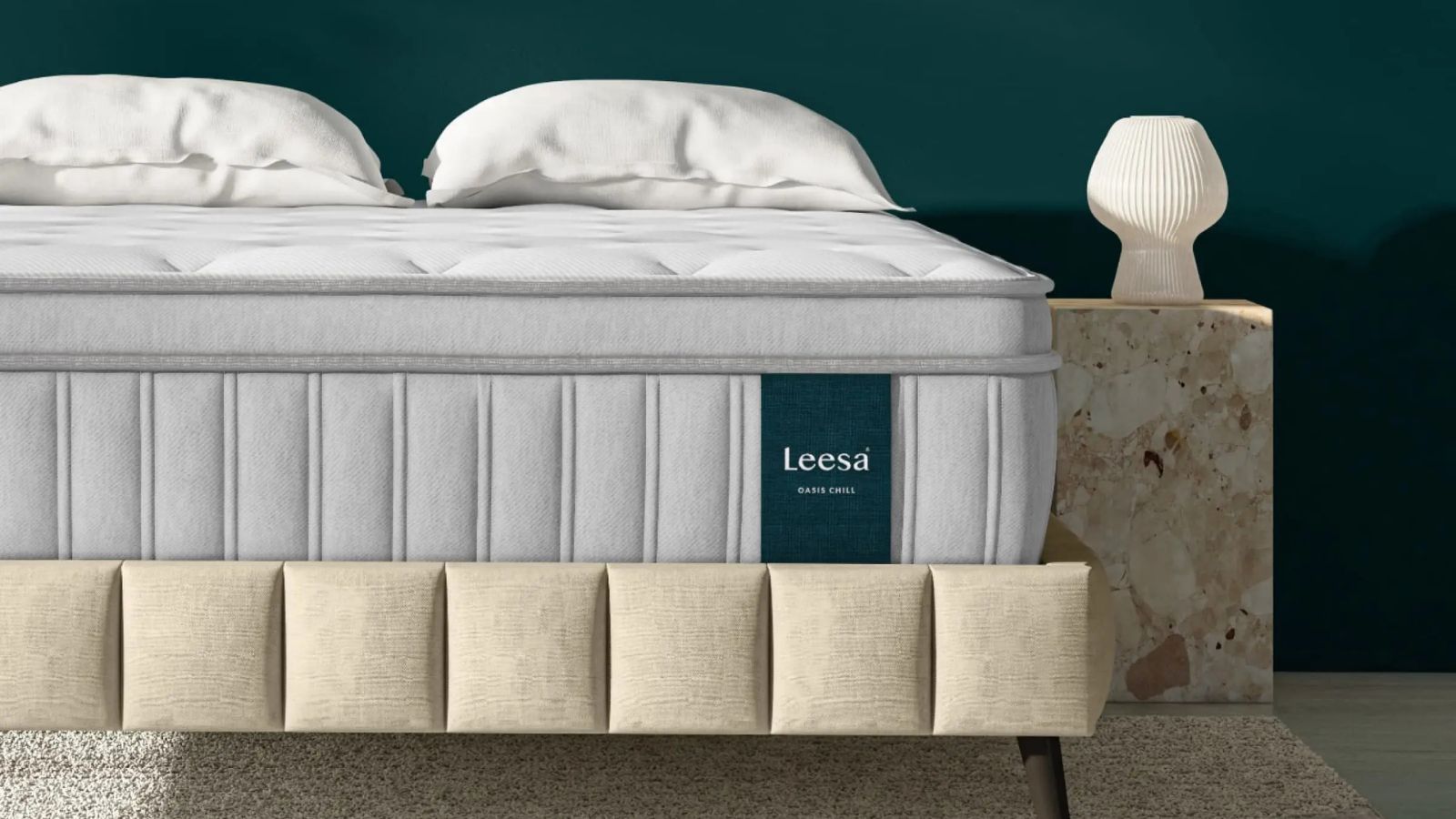

Buying a mattress can be majorly confusing. If you haven't bought a bed in the last decade, and you're just entering the world of online mattress shopping, then you're about to encounter a whole host of new terms. There's moisture-wicking and motion isolation, body contouring and box springs, and that's before we get to the acronyms: GOLS, GOTS, et cetera.
So, to break down to bedding buzzwords, I've compiled a glossary of all the mattress terminology I encounter on a daily basis, arranged A to Z for ease of access. Whether you're looking to learn more about the construction of a mattress, the look and feel of a mattress, or any quirks of purchase, I've got you covered.
As H&G's resident Sleep Editor, I spend my days researching and reviewing the world's best mattresses, and I spend my nights testing them out from the comfort of my own bed. I've traveled far and wide to see how a mattress is made, from the heart of Arizona to the slopes of Scandinavia. I've learned to speak the language of mattress-making: let me teach you.
Mattress jargon buster − my expert A to Z
From all-foam to zoned support, here are all the words you need to know before you shop the mattress sales. Wherever possible, I've included links to more detailed explainers on each of these topics, so that you can get into the nitty-gritty of mattress shopping.

- Adjustable base compatibility: the extent to which a mattress can bend and flex on an adjustable bed. Especially important if you struggle with mobility, circulatory issues, or snoring.
- All-foam mattress: a mattress made entirely from polyurethane foam, without springs. Often used interchangeably (but incorrectly) with the term 'memory foam mattress'. Here's the difference: every memory foam mattress is an all-foam mattress, but not every all-foam mattress is a memory foam mattress.
- Base layer: the thick lower layer of a mattress that bears your weight. It might be made from metal springs, dense foam, or Dunlop latex. Also known as the support core.
- Bed-in-a-box: a mattress that has been plastic-wrapped, vacuum-sealed, compressed, and packaged in a cardboard box for easy shipping. Also known as a box mattress, a bed-in-a-box could be made from all-foam, latex, or a hybrid of different materials. The best box mattress offers comfort and convenience on the cheap.
- Body contouring: the extent to which a mattress molds to the shape of your body to provide comfort, support, and pressure relief. Can help to improve circulation and maintain a neutral spine position.
- Box spring: a wooden or metal box, filled with metal coils and wrapped in fabric. Works to support your mattress, enhance air flow, and minimize motion transfer. Be sure to check your terms of purchase before you buy a box spring: using one could invalidate your mattress warranty.
- CertiPUR-US: a certification program that ensures polyurethane foams are free from formaldehyde, ozone depleters, phthalates, heavy metals, and screened for chemicals that are harmful to human health. CertiPUR-US ensures low VOC emissions for indoor air quality.
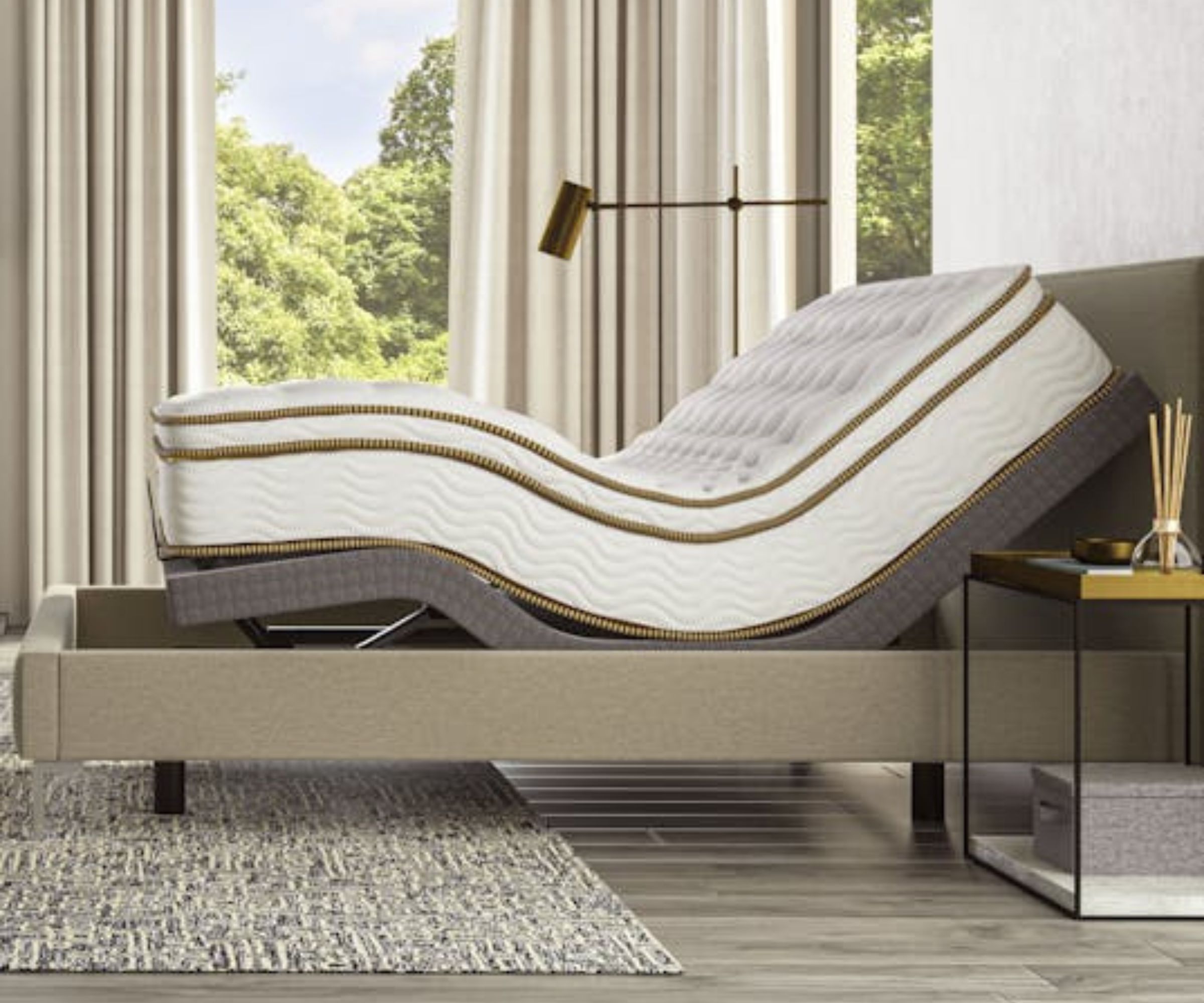
- Coil count: the total number of springs in a mattress. A useful indicator of how an innerspring or hybrid mattress might feel. More coils usually means a firmer mattress.
- Coil gauge: measures the thickness of the wire. The thicker the wire, the firmer and more durable the coil. You tend to find thicker coils in the base layer and thinner, more flexible coils in the comfort layer.
- Comfort layer: the top layer of a mattress that sits above the base layer and beneath the mattress cover. The major indicator of how firm or soft your mattress might feel and how much you might sink into the surface. Commonly made from polyurethane or latex foam.
- Density: measures mass per volume. You'll read about high-density or low-density foam, measured in pounds per cubic foot (PCF). Denser foam feels firmer. A denser mattress is heavier, and you might struggle to flip or rotate it.
- Durability: how well a mattress withstands regular wear and tear. The average lifespan of a mattress is between 7 and 10 years, but some mattress types are more durable than others. How much you weigh and how well you care for your mattress also informs its durability.
- Ease of movement: how easy it is to move around on a mattress. Especially important if you struggle with mobility or you tend to switch sleep positions in the night.
- Edge support: how well the edges of a mattress bear your weight. Especially important if you like to sit or sleep on the side of the mattress or if you need help getting into and out of bed.
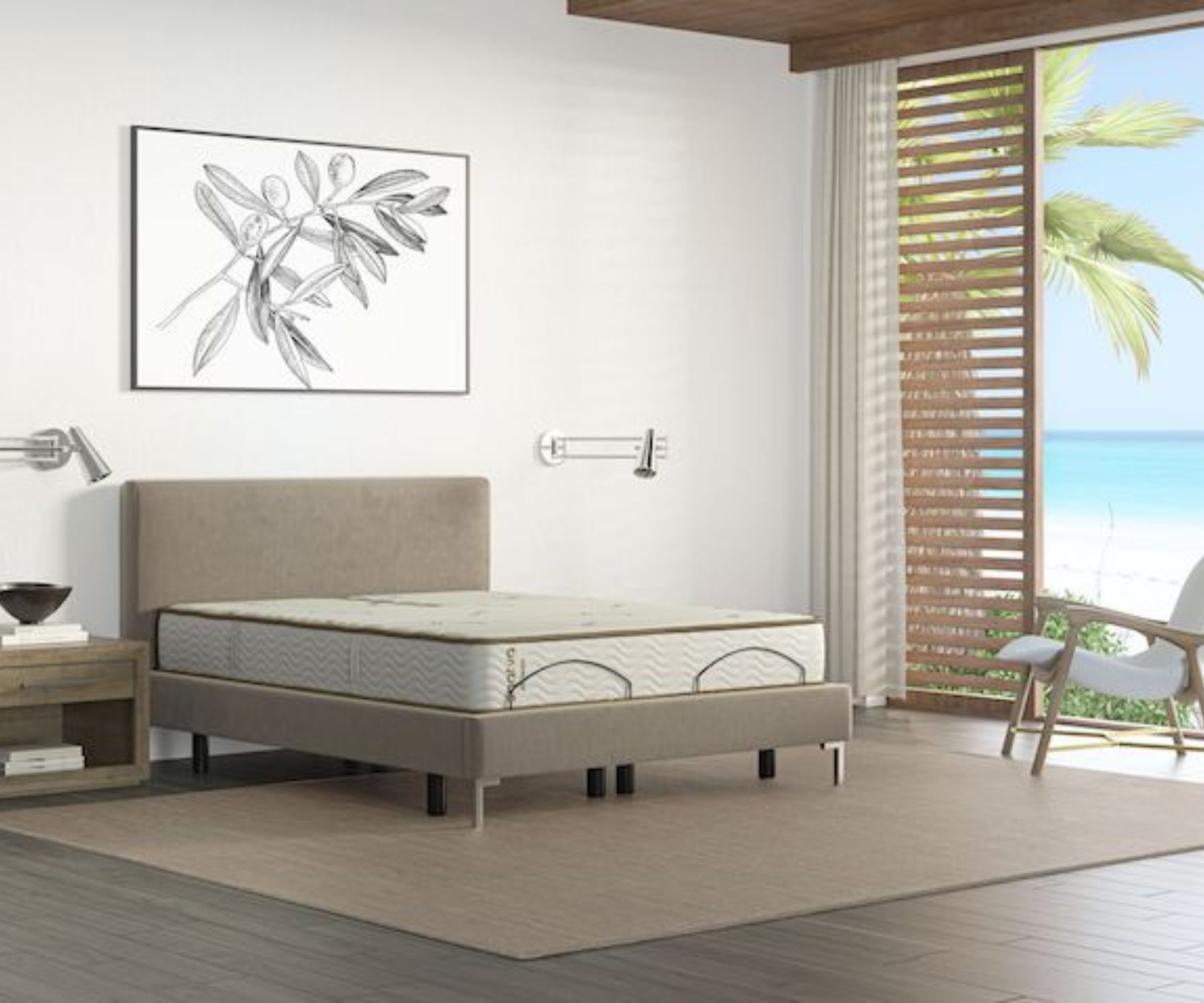
- Euro top: a type of pillow top. An additional layer of cushioning, sewn into the mattress cover so it stays flush with the edges of the mattress.
- Fire barrier: a chemical treatment or fabric casing that creates a protective barrier around the mattress to resist ignition and limit the spread of fire. Also known as a flame retardant. Some manufacturers use natural fire barriers, such as wool, where others use harmful chemicals or fiberglass.
- Firmness: how hard or soft the mattress feels. Often rated on a scale of 1 to 10, where 1 is super-soft and 10 is ultra-supportive, or else categorized as soft, medium-soft, medium, medium-firm, or firm, but there is no industry-wide standard. The best mattress firmness varies from sleeper to sleeper.
- Gel infusion: a gel mattress is made from polyurethane foam and filled with gel beads, which absorb your body heat. Thermal energy is transferred from one bead to another, away from the surface of the mattress, helping to keep you cool.
- Global Organic Latex Standard (GOLS): an independent accreditation that proves a latex product is natural, rather than synthetic, and made from the sap of organic rubber trees. GOLS ensures traceability from the rubber plantation to your retailer and enforces social and environmental regulations.
- Global Organic Textile Standard (GOTS): an independent accreditation that proves the textiles inside a mattress are made from organic material. GOTS is applicable to interior batting fibers or mattress covers. Does not cover foam or coils.
- GREENGUARD Gold: the industry standard for emissions testing. GREENGUARD Gold ensures low emissions of VOCs from your mattress to minimize indoor air pollution, in line with testing requirements set by the California Department of Public Health.
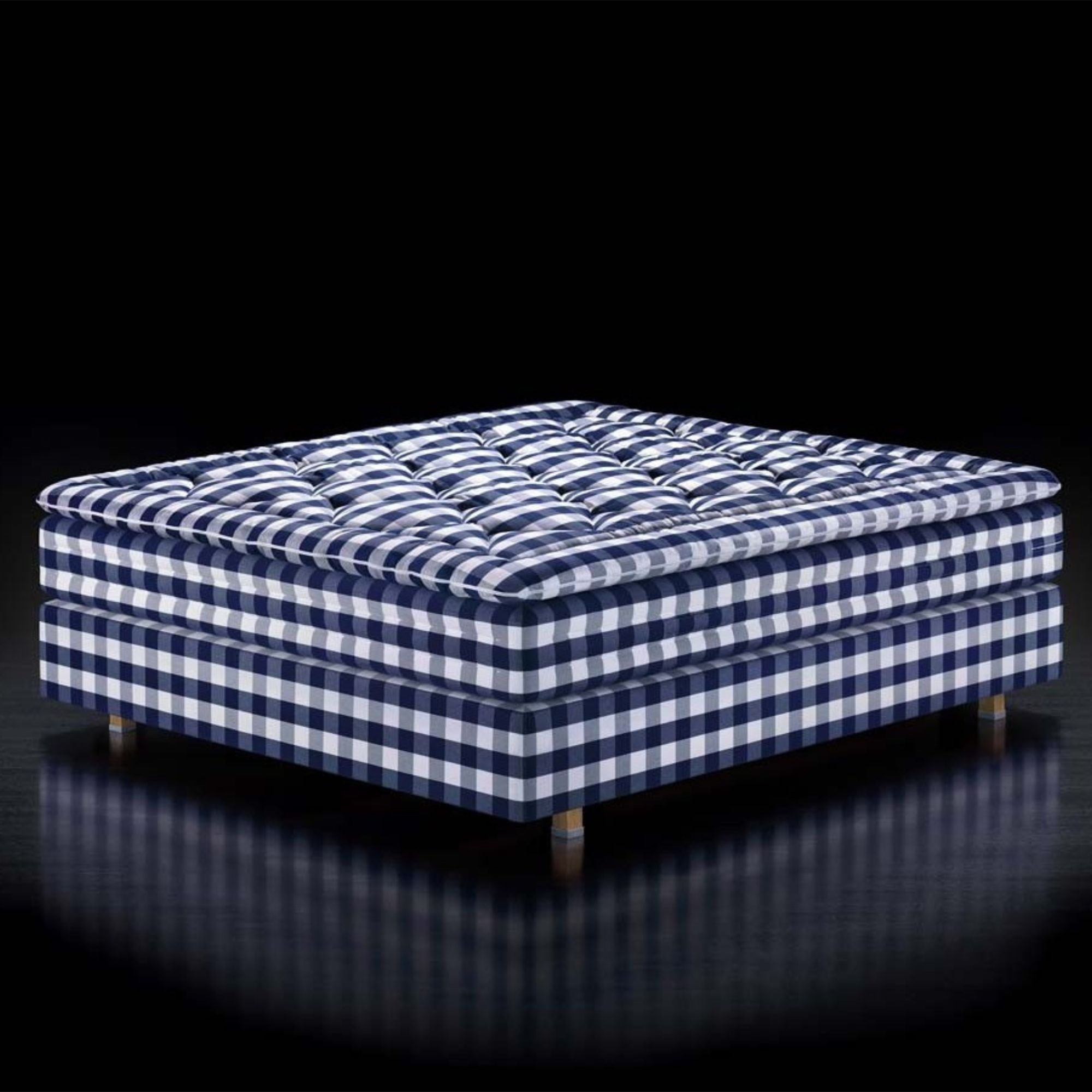
- Hybrid mattress: combines a spring base layer with a foam comfort layer. A hybrid mattress marries the support and breathability of an innerspring with the comfort and cushioning of foam.
- Innerspring mattress: comprises a spring base layer, wrapped in a quilted cover with some batting inside (perhaps cotton, wool, or cashmere). An innerspring mattress is the traditional choice, accounting for as much as 92% of mattress sales in the 1970s and 80s. Supportive and breathable, with a bit of bounce, but might feel too firm for some.
- Latex mattress: filled with latex foam. There are two methods of making latex. Dunlop latex is produced via vulcanization, creating solid and supportive foam for base layers. Talalay latex is produced via vacuum sealing and freezing, creating soft and springy foam for comfort layers. A latex mattress might feature either Dunlop or Talalay latex or a mixture of the two.
- Mattress protector: a thin layer of fabric that wraps around your mattress to wick away sweat, spills, and stains and guard against dust, dirt, and dander. I've ranked and reviewed 9 of the best mattress protectors to keep your bed and body clean.
- Mattress topper: a thick layer of foam wrapped in a fabric cover, intended to change the look or feel of your mattress. May feature corner straps for a secure fit or a grip pad on the underside of the topper. I've ranked and reviewed 6 of the best mattress toppers for comfort, cooling, and cost.
- Memory foam mattress: made from viscoelastic foam, a variant of polyurethane foam. Commonly used as a comfort layer. A memory foam mattress offers excellent pressure relief and motion isolation, but it might not be as breathable as a latex, innerspring, or hybrid mattress.
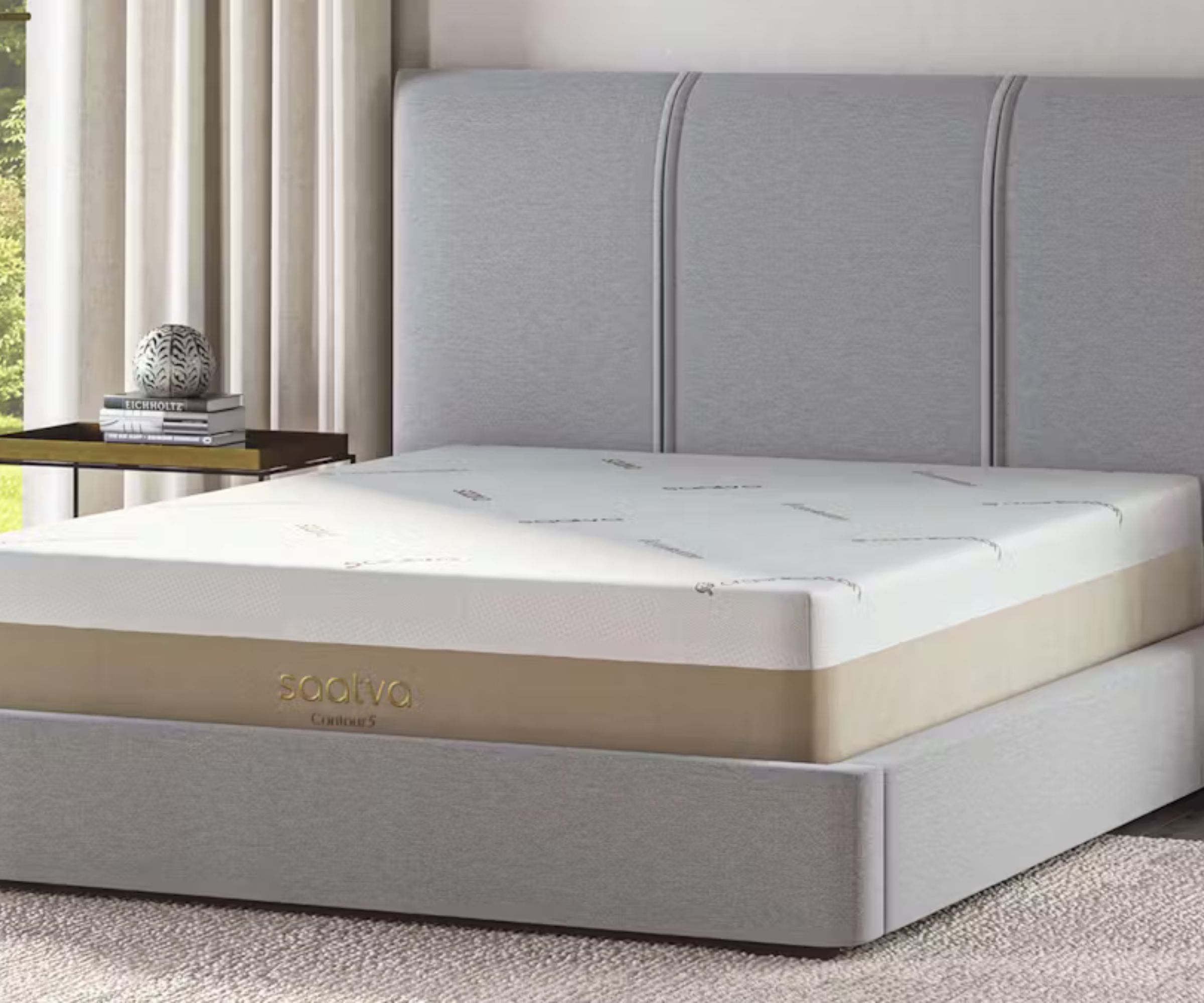
- Moisture wicking: how well the materials within the mattress cover can absorb and drain moisture to keep your mattress fresh and dry. Especially important for hot sleepers and anyone who struggles with night sweats.
- Motion isolation: the extent to which motion can be felt on either side of the mattress. Especially important if you're a light sleeper or you share a bed with a pet or partner.
- Off-gassing: the process by which a new mattress emits VOCs into the air. Mattress off-gassing is most common in all-foam mattresses and box mattresses. The smell is usually non-toxic, but it is unpleasant.
- Phase-change material (PCM): a substance that absorbs or releases heat as it changes state. Might look like gel beads or cooling fibers. Helps to maintain a stable temperature.
- Pillow top: an additional comfort layer sewn on top of the mattress. Might be filled with foam, down, wool, or fiberfill. Makes a mattress feel softer.
- Pocketed coil: a metal coil that is wrapped in fabric in order to isolate it from the rest of the coils in the mattress. Means that each coil moves individually, minimizing motion transfer. A pocket sprung mattress is a good choice for light sleepers and anyone who shares a bed.
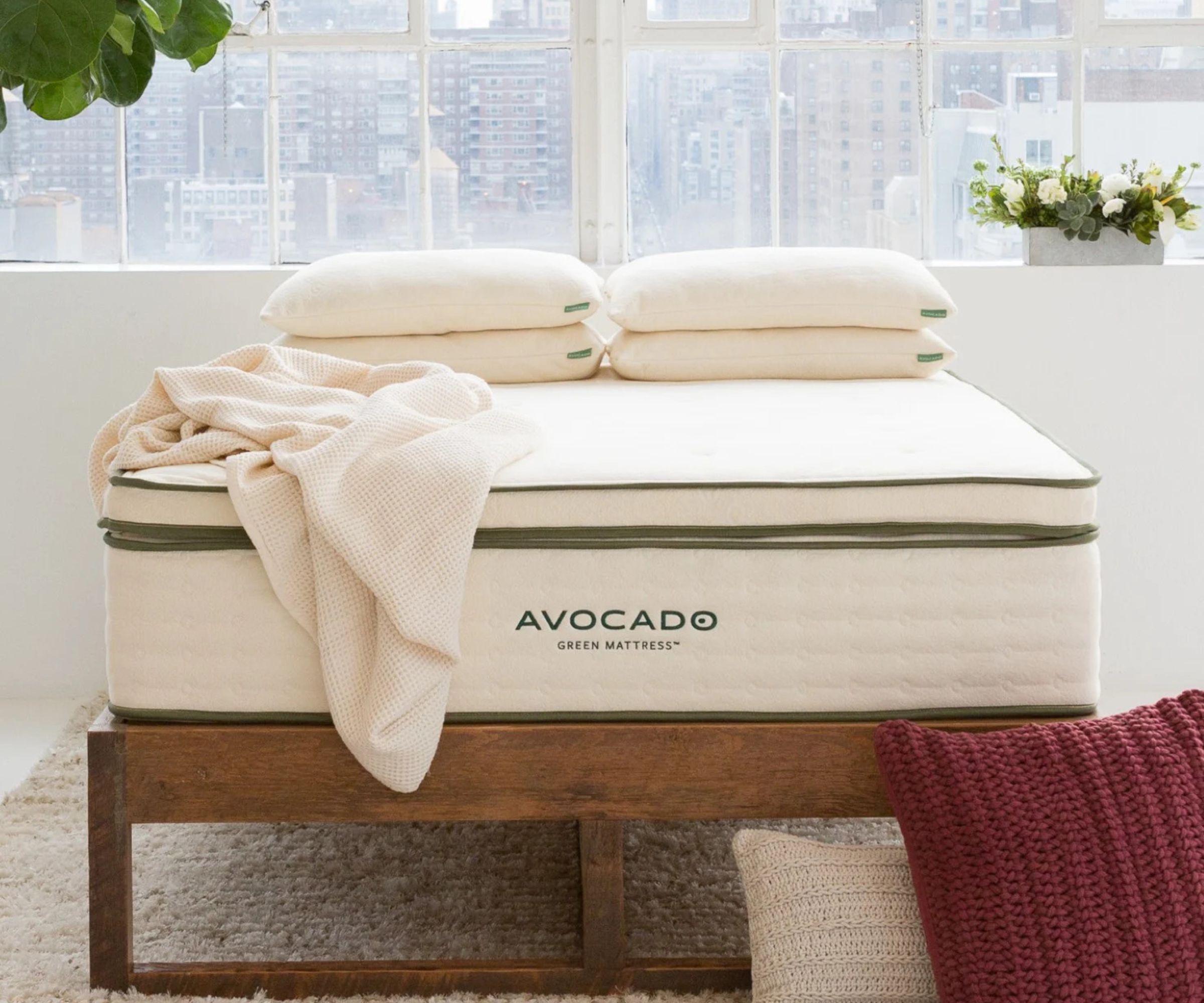
- Polyurethane foam: a petroleum-based synthetic material. Often found in base layers and comfort layers of all-foam and memory foam mattresses. Varies in firmness and density.
- Pressure relief: how well a mattress cushions your body to take the weight off your joints. Especially important for side sleepers. As a general rule, memory foam offers the best pressure relief, then latex and other polyurethanes.
- Reinforced edge: a method of increasing edge support in a mattress. You could use more coils, coils with a thicker gauge, or a border of high-density foam.
- Responsiveness: how well a mattress conforms to the curves of your body and how quickly it springs back into shape once your weight is removed. Especially important for anyone who likes to switch positions in the night or needs a little help getting into and out of bed.
- Sleep position: how you tend to lie on the mattress: on your stomach, back, side, or a combination of the three. Also known as a sleep style, your sleep position informs which mattress type is best for you: for example, I've ranked and reviewed the best mattresses for side sleepers.
- Sleep trial: how many nights you get to test the mattress in your own home before you have to commit to your purchase. Industry standard is around 100 nights, but some brands offer up to 365 nights. A mattress sleep trial is especially important if you're buying a mattress online that you haven't tried in a showroom.
- Spinal alignment: how straight your spine is when you lie on the mattress. The best firm mattress should help to keep your spine straight. How firm or soft you need a mattress to maintain proper spinal alignment depends on your sleep position and your body weight.
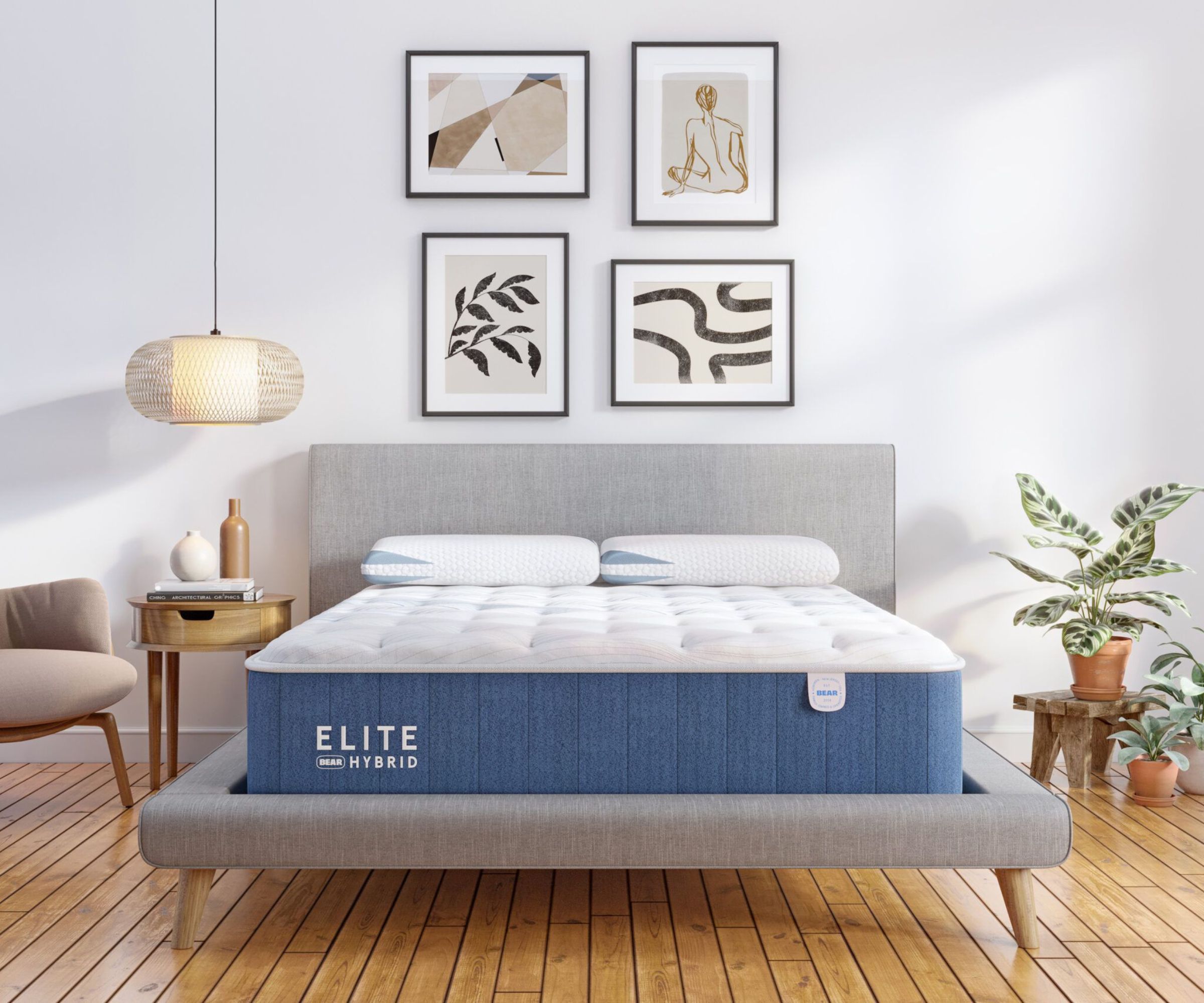
- Thermoregulation: the extent to which the materials inside the mattress stay temperature-neutral while you sleep. Also known as temperature regulation. Especially important for hot sleepers, who should shop for the best cooling mattress.
- Transition layer: a layer between the base layer and comfort layer that works to reduce friction inside the mattress, keeping each part in good working condition for longer.
- Volatile Organic Compounds (VOCs): potentially harmful chemicals emitted by a new mattress during the manufacturing process and the unboxing process.
- Warranty: a written agreement between the company and the customer, in which the company promises to repair, replace, or refund a mattress if there are manufacturing defects within a set period of time. The average length of a mattress warranty is somewhere between 7 and 10 years, but some of the best places to buy a mattress offer lifetime warranties.
- White glove delivery: a premium delivery service in which a team of company representatives deliver a new mattress, set it up, and dispose of the packaging. Some brands also offer to remove your old mattress, either for free or for a small extra fee.
- Zoned support: a method of mattress construction in which materials are strategically arranged inside the mattress to offer varying levels of pressure relief to best support particular areas of the body. Often, the middle of the mattress is made firmer to support the hips, while the top third of the mattress is softer to cushion the shoulders. Also known as ergonomic zones.
Sign up to the Homes & Gardens newsletter
Design expertise in your inbox – from inspiring decorating ideas and beautiful celebrity homes to practical gardening advice and shopping round-ups.

Emilia is our resident sleep writer. She spends her days tracking down the lowest prices on the best mattresses and bedding and spends her nights testing them out from the comfort of her own home. Emilia leads a team of testers across America to find the best mattress for every sleep style, body type, and budget.
Emilia's quest to learn how to sleep better takes her all around the world, from the 3Z mattress factory in Glendale, Arizona to the Hästens headquarters in Köping, Sweden. She's interviewed luxury bedding designers at Shleep and Pure Parima, as well as the Design Manager at IKEA. Before she joined Homes & Gardens, Emilia studied English at the University of Oxford.
-
 Professional cleaners reveal whether natural cleaners can disinfect common household bacteria and viruses
Professional cleaners reveal whether natural cleaners can disinfect common household bacteria and virusesThe answer may surprise you
-
 Pamela Anderson's kitchen seating arrangement is one of the most intelligent I've seen – it turns an awkward corner into a chic social space
Pamela Anderson's kitchen seating arrangement is one of the most intelligent I've seen – it turns an awkward corner into a chic social spaceThe model's banquette seating perfects a smart seating trend that's shaping how we dine and socialize in 2025 – and it will fit in the smallest of kitchens